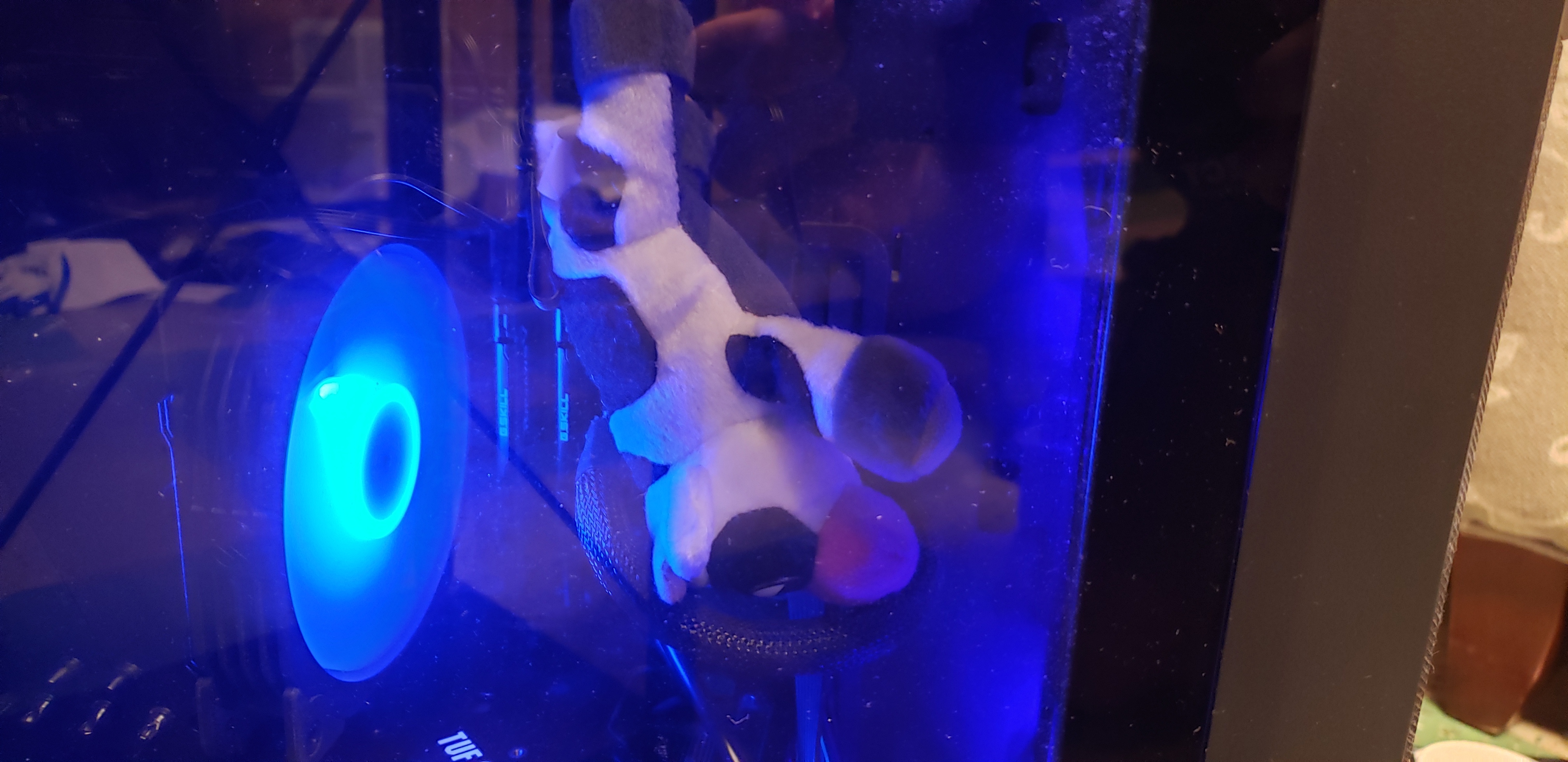2024 could be the year the PC finally dumps x86 for Arm, all thanks to Windows 12 and Qualcomm’s new chip::We’ve already reported on Qualcomm’s new 12-core Arm uberchip, the Snapdragon X Elite, and its claims of x86-beating performance and efficiency. But it takes two to tango when it comes a maj
Having used an ARM Mac, and the pains of countless utilities and apps that are x86/x64 only, as well as the pains of virtualising x86/x64 operating systems, I’m not a fan. I can virtualise ARM just fine on x64 but not the other way around.
People probably said the same thing when Apple dropped PowerPC for x86, there’s going to be an awkward transition period but when it becomes a standard you’ll feel differently.
yeah, but were not talkin some niche audience like apple powerpc products. lets not pretend apple had actual marketshare.
this is messing with legacy windows products that are deeply ingrained the world over. it will be far messier than that apple crap
I had a Mac G4 just before the transition from PPC and while that was painful (since x86 emulation sucked) this is a whole different kettle of fish.
These days I’m running all sorts of VMs for research and UTM or QEMU on macOS ARM just doesn’t cut the cheese. On a laptop, sure, ARM is fine. Heck, even in a data centre it’s fine, but on workstations, ARM is too sluggish for virtualisation or anything except ARM. Not to mention the shocking state of Windows 11 on ARM and how loads of Windows components don’t actually function properly or even run. Defenders GUI doesn’t even open!
Apple is a pretty closed system made for graphics designers and people who don’t like choices. It isn’t as simple to make it happen for the pc market.
I also doubt Microsoft will go arm on the next console. They’ve been enjoying all the easy ports to PC for their games and having to port over games based around arm to run on x86 would probably cost a lot more money and time. Game makers wouldn’t like it.
I don’t care as long as desktops remain modular.
Ampère makes some ARM CPUs that go with modular boards, where you can socket your own CPU, DDR5 RAM, NVMe drives and PCIe accessories.
yeah, least thing I would want is my PC becoming another use and throw mobile phone(it’s already happening with mac and hp’s elitebook).
The main advantage of ARM right now is that there are low power cores available. The actual instruction set is unrelated to this advantage. If Intel or AMD put more serious effort into power efficiency most of the advantages go out the window.
As for instruction set changes impacting what software you can run I think that is still a big issue. Yes porting to ARM is straitforward in more modern programming environments but most software actively developed at the moment has a lot of old cruft that won’t easily port if the engineers can even be convinced to touch it. Most businesses are dependent on old software not all of which is still maintained. Most gamers are even more tied to old software that is not going to get ported and often has annoying anti-virtualization checks (see games breaking on systems with enabled intel e-cores).
I am not sure how large the modern non gaming personal pc market is (tablets, phones, works computers, and chromebooks probably took a chunk out of it) but that could be in play.
Steam. Almost all games would be impacted. On Linux we already use translation layer (Windows -> Linux), but I am not sure if it’s a good idea to emulate X86_64 on top of translation layer.
Getting anti-cheat that technically already works enabled on Linux has been a lot of work and Epic still won’t enable it. Piracy protection systems will also be an issue. Most EA games inspect your CPU to see if they like it on startup (I think this is using vmprotect and some non-OS x86 calls but don’t quote me on that). These kinds on anti virtualization checks are really common (not just in games ProctorU and lock down browser do them too). I don’t think valve running an open virtualization layer will be well received by companies and they will probably ban it from running games. MMOs (due to botting) and anything with anticheat will look particularly askance at this. I also suspect Valve won’t want to try hiding the VM signatures as it borders on violating DMCA.
Newer games will probably get ported if a large part of the market buys into ARM. Unity stuff might get re-released as it is .net if the publishers can be bothered. Minecraft java edition will also always love you (the launcher might not though).
I don’t see how hiding sigs could be seen as violating the DMCA…
Anti virtualization is sometimes used in copy protection. Altering virtualization to avoid those checks might be circumvention under DMCA.
The CPU and processing power benefits would be great, but if I’m going to lose software support then I’m only going to do it for RISC V.
How can it be both the year of ARM and the year of the linux desktop?
Nearly everything on linux is FOSS, so no translation layer needed 1
Yeah, no. Still got a huge software issue there.
Wake me up when they make faster ARM than my 5900x
I’m all for it, just don’t leave out the DIY market. I would love a socketable ARM platform. Risc-V would be even better.
These new are highend. So expensive, powerhungry and not hugly better than x86 CPUs on their tasks. Must have something that makes it a nobrainer so that it is much better on every aspect.
Apple just had 100% control of all Apples products so they basically forced them over when their new product was just better in most cases.
2024 will be the year of ARM on desktops!
Limping along with a wonky hinge on my 5 year old laptop waiting for these to come out. Haven’t run windows for years now so I don’t think I’ll be missing intel much at all. Might have to do some cross compiling for deploying software to intel cloud nodes, but arm VMs for android development will speedy.
Depending on which problem you’re experiencing, I’ve used jb weld to fix it.
JB Weld is magic (as is it’s competitor PC7, seems to be the same stuff). I just used it to fix an iPad keyboard - the part holding the iPad cracked near the hinge. Just filled the interior with JB and reassembled (it squeezed some JB out). Crack is still there, but the hinge area is even more rigid now. Of course it’ll never come apart again.
I’d like to promote Goop. It’s like a super thick rubber cement. There’s very little it won’t stick to. Very strong. It’s pretty much all I use anymore. Oh, and it peels right off when you need to remove it (though it takes some effort).
I’ve glued phone mounts to the dash with it. Power strips to the underside of the desk. Glued laptops back together when the screw mounts break. Use it for the metal disks on back of phones for magnetic mounts. It’s holding L-brackets to the back of the TV so I could put the soundbar on top. Also a bunch of industrial Velcro (the thick plastic stuff) on the back of the TV to hold a wifi router, Bluetooth adapter, USB hub, power supplies, and cable management.
Oh I’ll have to look for that. It took a week for your message to appear for me. Not sure why
I think this is likely. After dealing with how bad W11 is, MS realized they don’t need working software or backwards compatibility to sell units.
I really hope so. Everything is better than x86. Arm or even risk-v.













